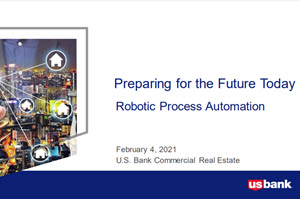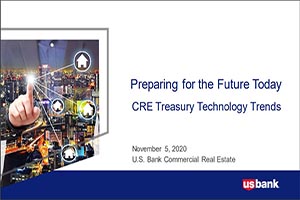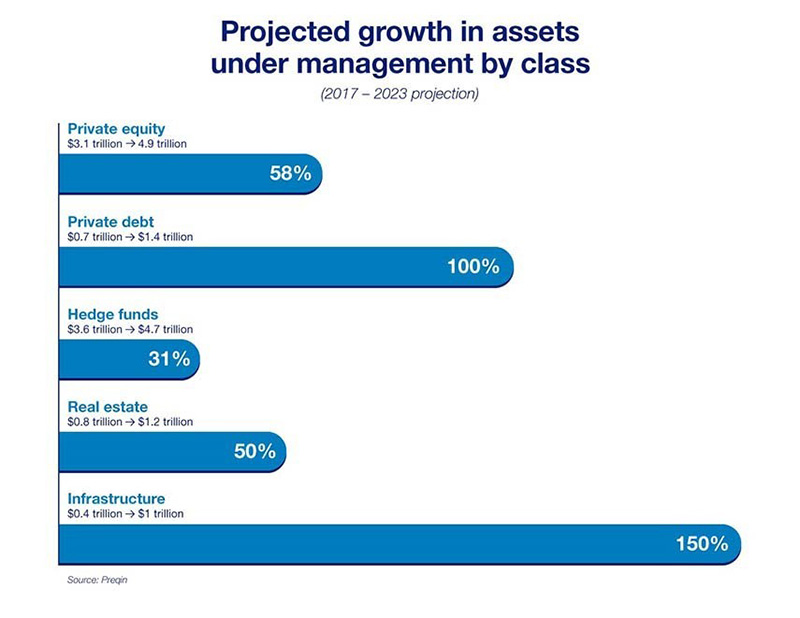An outside perspective can prove beneficial
As the landscape shifts and alternative investments play a larger role in your investment strategy, your expectations will likely change course as well. Fund values based on stale data and cash flow models that don’t reflect real-time information can be inefficient and disrupt planning.
Considering the growing burden on your systems, third-party administrators can help alleviate the challenges. With investment tracking and reporting streamlined through an outside party, your internal resources can recommit to analysis and decision-making. Furthermore, the outside records can serve as a valuable check on internal accounting efforts.
Although third parties can ease the mundane hassles of portfolio management, some time-consuming processes may linger. For example, some custodians require a letter of direction for every transaction, which can become cumbersome for a holding that requires monthly moves or a portfolio with a number of such funds.
Given its extensive experience in working with institutional and high net worth investors, U.S. Bank takes a different approach. It views such relationships as partnerships designed to resolve back-office woes and free the client to focus on the best investment options in today’s marketplace.
Specifically, U.S. Bank offers a calculation that rolls forward from the current value date, providing a timely snapshot of all alternative investments by:
- Setting a baseline with the manager statement
- Accounting for all cash flows that occurred between the manager statement and the statement date
- Ensuring that all data reconciles with the most recently available information from the manager
This core service may be tailored to each client’s unique situation, which may include:
- Varied tax reporting requirements
- Deeper insights into fund income, gains or losses, and fees
- Commitment and distribution tracking on PE investments
- Automated capital call processing
“When you’re investing in alternative investments, you must contend with various information asymmetries between the actual manager reports and other information,” Bollinger said. “We understand that different clients have different needs, so we offer levels of flexibility to provide somewhat customized reporting if it’s appropriate and we’re able to support it.”
Should your investment team determine their time is better spent analyzing and sharing performance rather than collecting and distilling results, visit usbank.com/custody or contact us to learn more about your alternative investment solution options.






























































